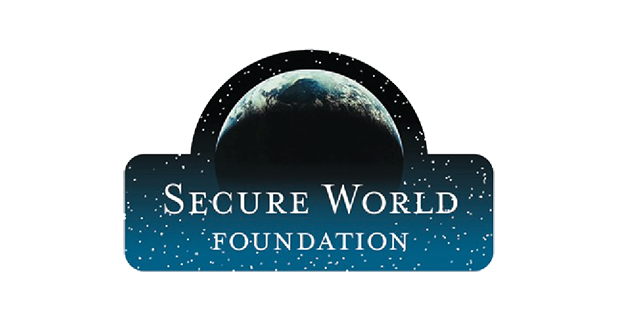
Since 2013, Secure World Foundation (SWF) has partnered with the Maui Economic Development Board (MEDB) to hold an invite-only workshop that promotes collaboration and cooperation on space situational awareness (SSA). This year’s Dialogue took place virtually on Sept. 21, 2020, following the 2020 Advanced Maui Optical and Space Surveillance Technologies (AMOS) Conference. The goal of the AMOS Dialogue series is to facilitate discussion among key stakeholders in SSA, thereby promoting greater collaboration and cooperation to enhance SSA for safe and responsible space activities. To accomplish this, the Dialogue brings together representatives from current and future SSA programs and initiatives around the world with a variety of end users and stakeholders so that they may exchange information and views in a not for-attribution setting.
The 2020 AMOS Dialogue discussed data fusion and other science and technology (S&T) priorities for improving SSA and space traffic management and how those priorities can be addressed through policy and international collaboration. The discussion took place under Chatham House Rule: topics addressed could be used in materials prepared by SWF and/or MEDB in their future endeavors but would not be attributed to any given speaker.
The major takeaway from this year’s Dialogue was that data fusion technologies need to be a key area of S&T focus. Increasing autonomy of satellites will be a significant challenge, particularly as more of them start using constant thrust propulsion that pose complications for traditional astrodynamics propagation. For remediation of space debris, it is clear that the government should be taking the next steps to fund ADR technology development and put in place policies to enable it. The space community collectively has spent a lot of time thinking and admiring the problem, but not enough moving ahead. Getting a piece of the solution is better than waiting to get the whole problem solved, so we must move along to experimentalism vs staying stuck in analysis.
Read the full report authored by the Secure World Foundation
